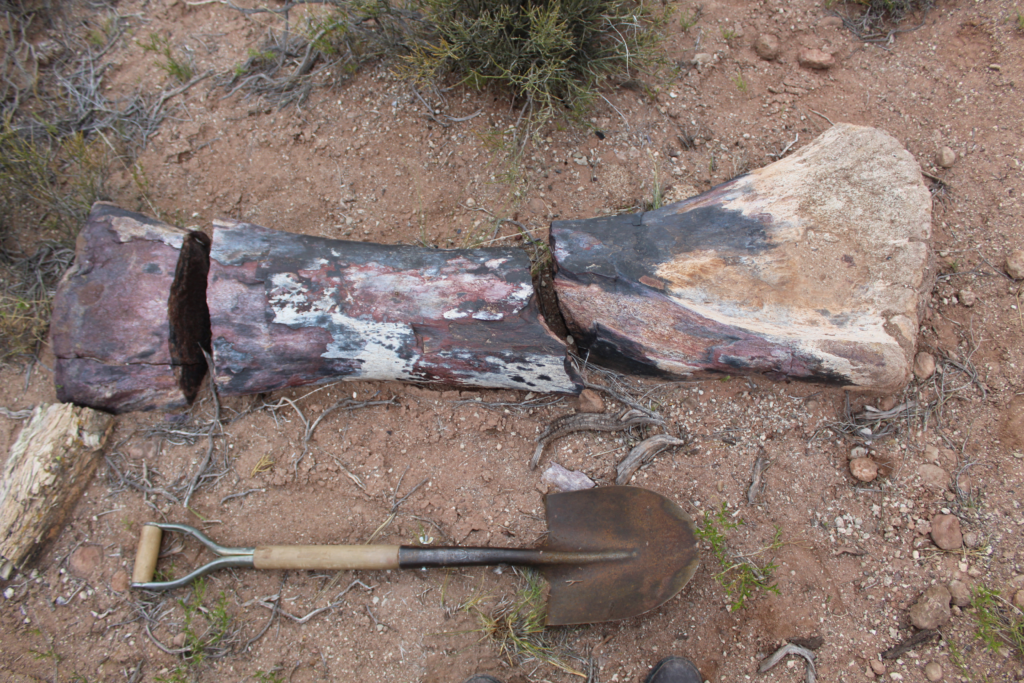Argentine paleontologists have discovered the remains of an enormous new species of herbivorous dinosaur with a long neck in the country’s southern Patagonia region. The dinosaur is one of the largest ever discovered, according to the paleontologists.
The 2018 discovery in the Pueblo Blanco Nature Reserve that was presented on Thursday was made by scientists. The dinosaur bones were so large that the van transporting them to a laboratory in Buenos Aires tipped over, but no one was injured and the remains were unharmed.
Nicolas Chimento, a paleontologist, explained that the dinosaur was given the name “Chucarosaurus Diripienda,” which means “hard-boiled and scrambled,” because it had moved around and survived the mishap.

The Chucarosaurus, at 50 tons and 30 meters in length, is the largest dinosaur ever discovered in the mountainous Rio Negro province. It would have resided alongside predators, fish, and sea turtles during the Late Cretaceous period.
The Chucarosaurus’ 1.90-meter-long femur bone was shattered into three pieces, each exceeding 100 kilos and needing three people to lift.
Patagonia was home to the world’s largest plant-eating dinosaurs, such as the colossal Patagotitan mayorum, the largest dinosaur ever discovered; however, scientists do not fully understand why species there grew so quickly and in some instances never ceased growing throughout their lives.
Paleontologist Matias Motta stated that although the sauropod Chucarosaurus was comparable in size and weight to other Patagonian giants, its pelvis, forelimbs, and hindlimbs suggested that it was more slender and graceful.
Approximately 140 dinosaur species have been discovered in Argentina, which, along with China and the United States, rates among the world’s top three nations for research and discovery.
Researchers from the Bernardino Rivadavia Museum of Natural Sciences, the Azara Foundation, and the national research council Conicet conducted the studies with funding from the National Geographic Society.
